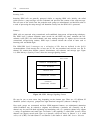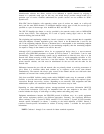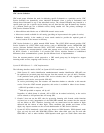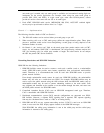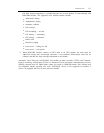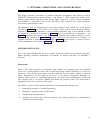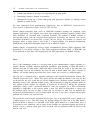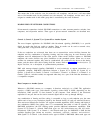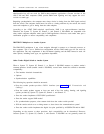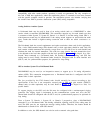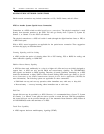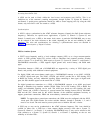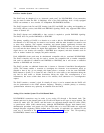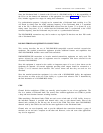
2-2
NETWORK CONNECTIONS AND CONFIGURATIONS
5.
6.
7.
Counting the number of messages and comparing this to other trunks
Determining whether a channel is hyperactive
Maintenance busying out a virtual trunk group with hyperactive channels or returning cleared
channels to normal service
For more information about troubleshooting hyperactivity, refer to DEFINITY Communications
System Generic 2 Maintenance Repair Strategies (555-104-118).
Normal, though temporarily high, levels of ISDN-PRI D-channel signaling can sometimes create
apparent hyperactivity. This happens most often with nonfacility-associated signaling (NFAS) when
many B-channels are associated with a particular D-channel. This problem is handled similarly to
that described above with the exception that hyperactive D-channels are removed from service
(associated B-channels are busied out). Usually, but not always, this problem is transient and
disappears before a yellow alarm is sent. If this is a chronic problem in a particular configuration,
administration of the NFAS B-channel group can be an effective solution.
Another category of hyperactivity involves digital communications protocol (DCP) equipment. DCP
hyperactivity is not directly relevant to DS1, digital multiplexed interface (DMI), or ISDN-PRI, and
is not discussed in detail here. DCP hyperactivity and DS1 hyperactivity are handled similarly.
Glare
Glare is the simultaneous seizure of a two-way trunk by two communications systems, resulting in a
standoff. Because of ISDN’s inherent negotiation capabilities, glare handling on ISDN-PRI trunks is
different from that for other trunks. When both sides of the trunk are seized at the same time and
setup messages cross on the D-channel, two rules are used to decide which side “wins” (succeeds in
making a call on that channel) and which side “loses” (backs off or moves to a different trunk).
The first rule is evaluated using a parameter indicated in the Channel-ID information element (IE),
called the preferred/exclusive option. This option specifies that either the channel is the only one that
can be used for this call, or that the call can be completed over a different channel, specified by the
destination switch, if the indicated channel is busy. The full benefits of using the preferred option are
only reached if both switches can negotiate. A System 85 or Generic 2, having full negotiation
capabilities, always sends a preferred indication, with one exception. In a DCS environment
negotiation is impossible, so the exclusive option is used. The 4ESS, in ISDN Phase 2, always uses
the preferred option. In terms of glare, if both calls are exclusive, or both calls are preferred, the
second rule (described below) is used to decide which call wins. If one call is exclusive and the other
preferred, the exclusive call wins the trunk.
The second rule is based on the translation field Interface Type in procedure 262, word 1, which is set
to either network or user. This field always has opposite settings on either side of the PRI. When a
System 85 R2V4 or Generic 2 is connected to the AT&T public network or a central office (CO), it
is translated as user. Otherwise, such as when several switches are networked together, the choice of
network or user is optional. When glare occurs and both calls are preferred or both are exclusive, the
network side wins.



